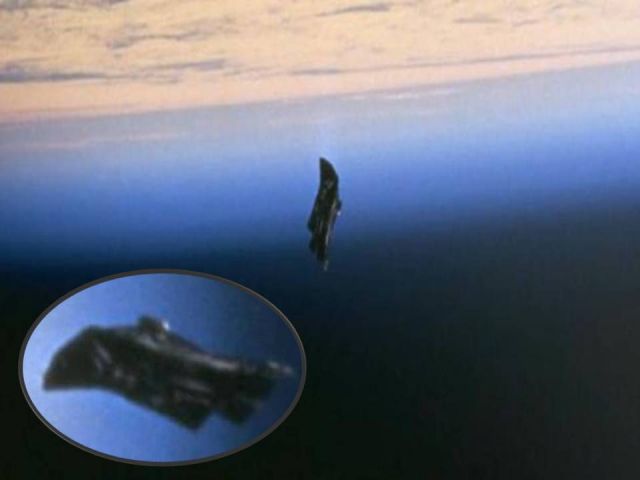The Black Knight Satellite is Transmitting Signals – Tesla Knew and NASA Knows – 13,000 Year old Orbiting Satellite
Tuesday, June 10, 2014
<a
href="http://ox-d.beforeitsnews.com/w/1.0/rc?cs=5125e7a33c8bf&cb=INSERT_RANDOM_NUMBER_HERE"
><img
src="http://ox-d.beforeitsnews.com/w/1.0/ai?auid=326914&cs=5125e7a33c8bf&cb=INSERT_RANDOM_NUMBER_HERE"
border="0" alt=""></a>
Follow on Tumblr - http://stargazernation.tumblr.com/Or with Twitter - https://twitter.com/STARGAZERNATION
Also on Pinterest - http://www.pinterest.com/Stargazernation/
Authors claim that there is a connection between long delayed echos and reports that Nikola Tesla picked up a repeating radio signal in 1899 which he believed was coming from space. The satellite explanation originated in 1954 when newspapers including the St. Louis Post Dispatch and the San Francisco Examiner ran stories attributed to UFO researcher Donald Keyhoe saying that the US Air Force had reported that two satellites orbiting the Earth had been detected. At this time no man-made satellites had been launched.

In February 1960 there was a further report that the US Navy had detected a dark, tumbling object in an orbit inclined at 79° from the equator with an orbital period of 104.5 minutes. Its orbit was also highly eccentric with an apogee of 1,728 km (1,074 mi) and a perigee of only 216 km (134 mi) At the time the Navy was tracking a fragment of casing from the Discoverer VIII satellite launch which had a very similar orbit.
In 1973 the Scottish writer Duncan Lunan analyzed the data from the Norwegian radio researchers, coming to the conclusion that they produced a star chart pointing the way to Epsilon Boötis, a double star in the constellation of Boötes. Lunan’s hypothesis was that these signals were being transmitted from a 12,600 year old object located at one of Earth’s Lagrangian points.

An object photographed in 1998 during the STS-88 mission has been widely claimed to be this “alien artefact”.
People analyzing these pictures have claimed that it could be the Pakal Spacecraft, a supposed Mayan spacecraft written about by Erich von Daniken
Black Knight also known as the Black Knight satellite is an alleged object orbiting Earth in near-polar orbit that ufologists and fringe authors believe is approximately 13,000 years old and of extraterrestrial origin.
Authors claim that there is a connection between long delayed echos and reports that Nikola Tesla picked up a repeating radio signal in 1899 which he believed was coming from space. The satellite explanation originated in 1954 when newspapers including the St. Louis Post Dispatch and the San Francisco Examiner ran stories attributed to UFO researcher Donald Keyhoe saying that the US Air Force had reported that two satellites orbiting the Earth had been detected. At this time no man-made satellites had been launched.
In February 1960 there was a further report that the US Navy had detected a dark, tumbling object in an orbit inclined at 79° from the equator with an orbital period of 104.5 minutes. Its orbit was also highly eccentric with an apogee of 1,728 km (1,074 mi) and a perigee of only 216 km (134 mi) At the time the Navy was tracking a fragment of casing from the Discoverer VIII satellite launch which had a very similar orbit.
In 1973 the Scottish writer Duncan Lunan analyzed the data from the Norwegian radio researchers, coming to the conclusion that they produced a star chart pointing the way to Epsilon Boötis, a double star in the constellation of Boötes. Lunan’s hypothesis was that these signals were being transmitted from a 12,600 year old object located at one of Earth’s Lagrangian points.
An object photographed in 1998 during the STS-88 mission has been widely claimed to be this “alien artefact”.
People analyzing these pictures have claimed that it could be the Pakal Spacecraft, a supposed Mayan spacecraft written about by Erich von Daniken




No comments:
Post a Comment